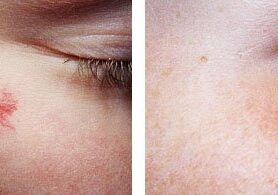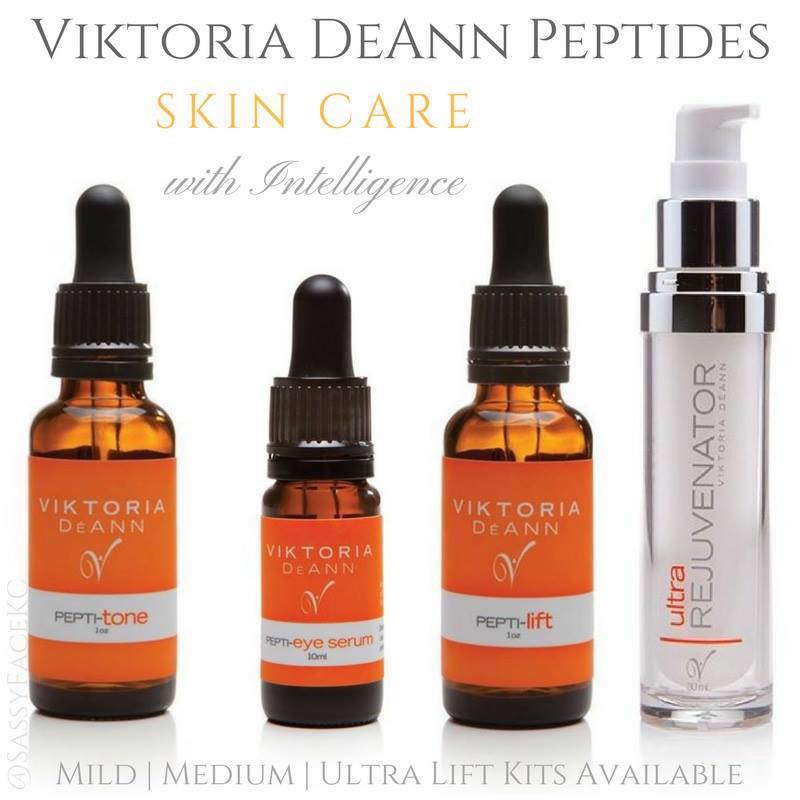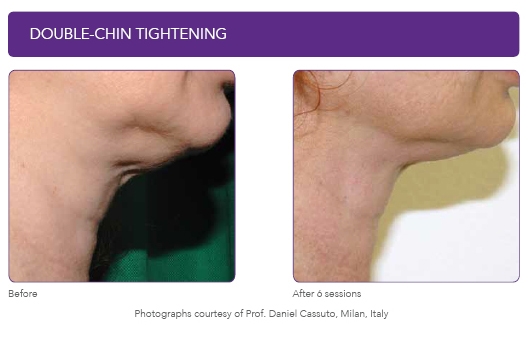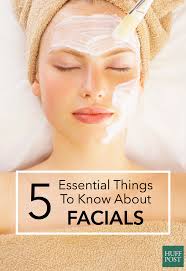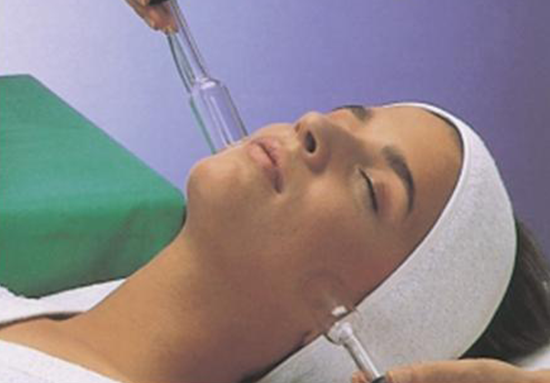
Winter Skincare
Winter is here, and for many, this means dry, flaky, red, irritated skin. Do you think that simply layering on an extra coat of heavier moisturizer will do the trick? Think again. Here are the most common mistakes that people make, and my expert solutions to keep your skin looking its best during the driest season of the year.
Over moisturizing with the wrong moisturizer
When the skin is dry and flaky on your face, applying an extra thick coat of moisturizer will surely take care of this, right? Wrong. Your skin is like a sponge, so applying an extra layer of moisturizer may be wasteful, since the can only absorb so much. In addition, for blemish-prone skin types, too much moisturizer may cause congestion, bumps, and breakouts. The solution is to use the right moisturizer with the most effective hydrating ingredients that actually repair the lipid barrier and prevent trans-epidermal water loss.
Some of my favorite moisturizing products for winter skincare are: Dry Relief Oil, Repair Balm and Restorative Moisturizer. Unlike other types of moisturizing ingredients used in skincare formulations, these ingredients will actually correct the lack of oil and lack of hydration deep within your skin and repair your skin’s lipid moisture barrier to make your skin moist, supple and smooth. And don’t forget to increase your exfoliation. After all, trying to moisturize cells that are already expired won’t get you very far.
Not adjusting your skin care routine.
Our skin, like our bodies, is constantly changing. Add in a severe drop in the weather temperature and this will definitely affect your skin. You must make certain that you are using the right products to adapt to your skin’s changing needs. This might include switching from using an AHA face wash to a gentler cream cleansing lotion. You also can start using a serum underneath your moisturizer to give your skin a boost of much needed hydration. If your skin doesn’t feel good, then your routine simply isn’t working and it is time to change it up.
Not sealing in moisture fast.
Did you know that you have a 60 second window after cleansing your skin to seal in moisture while your skin is damp to prevent severe dehydration? Because the air is so dry in the winter, it looks for water wherever it can get it – this means taking it from your skin at its most vulnerable time after cleansing. When you wash your face, your skin is damp with water afterwards and since water acts like a magnet, it will attract water from the deep layers of the skin, and evaporate into the dry air. The result is even tighter, drier skin. After cleansing, when your skin is still damp, immediately apply moisturizer so your skin can stay moist and hydrated.
Humidifier for Your Skin.
Loss of moisture is a big concern with winter skincare. As we mentioned, dry winter air draws moisture from wherever it can, through a process called osmosis, and often times it will be from your skin. Using a humidifier helps counteract the drying air so moisture is less likely to evaporate from your skin. Be sure to modify your nighttime skin care routine since the air is driest at night when the temperatures drop.
An added benefit of using a humidifier is prevention of spreading the flu.
We’ve all known that a humidifier can ease coughs and congestion, but a recent study showed that a virus is 32% less likely to survive when relative humidity is between 40% and 60%. A home in the winter can drop to a 15% humidity level, but a humidifier can boost this up significantly. An add bonus is using essential oils to also kill viruses and bacteria. Stay healthy this winter!
Winter Skincare



